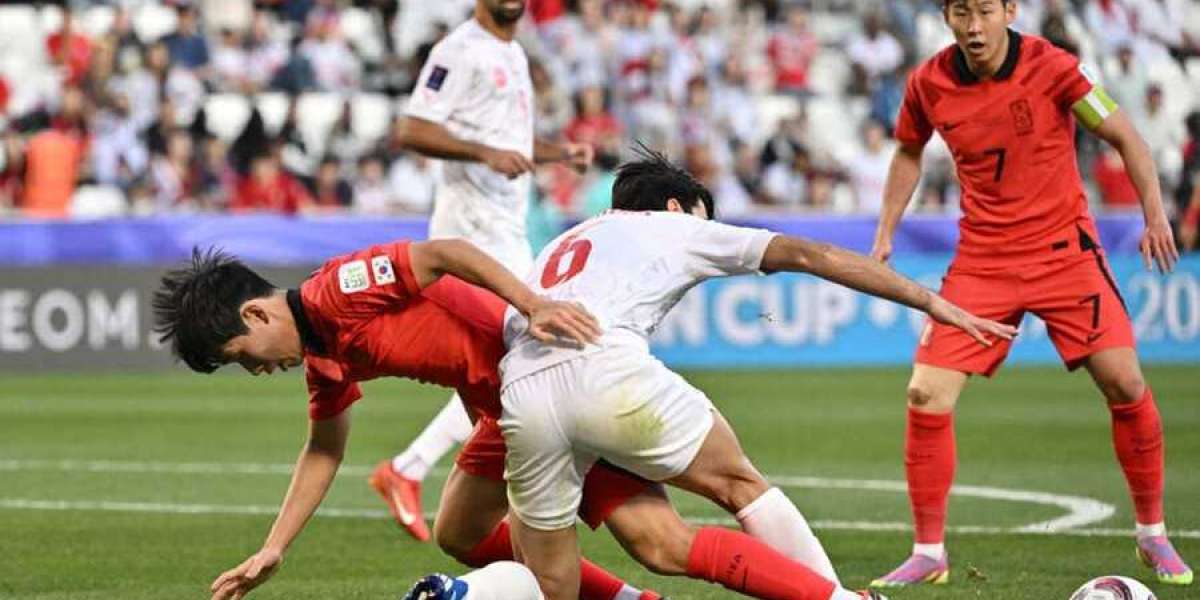2. The Origins of Punk and Skateboarding in Fashion
In the 1970s, punk rock emerged as a musical and cultural revolt against societal norms. At the same time, skateboarding began to take root as a rebellious pastime, championed by misfits and thrill-seekers. Both movements birthed their unique aesthetic: punk brought tattered clothes, safety pins, and bold DIY graphics, while skate culture introduced oversized tees, baggy pants, and sneakers as staples.
Brain Dead seamlessly incorporates these elements, reinterpreting them with a modern twist. By blending the raw, unpolished feel of punk with the functionality of skatewear, the brand creates pieces that resonate with today’s youth while paying homage to the past.
3. Punk’s DIY Influence on Brain Dead
The DIY ethic of punk culture is evident in Brain Dead’s designs. The brand’s graphics often feel hand-crafted, featuring jagged lines, imperfect typography, and chaotic imagery. This aesthetic echoes punk’s “make-it-yourself” attitude, where zines, flyers, and album covers were crafted with minimal resources but maximum impact.
Take, for instance, Brain Dead’s use of collage-style prints and subversive slogans. These elements harken back to punk’s anti-establishment roots, making a statement that is as bold as it is visually arresting.
4. Skateboarding’s Impact on Silhouettes and Functionality
Skateboarding demands clothing that moves with the body, withstands wear and tear, and expresses individuality. Brain Dead’s oversized hoodies, durable tees, and relaxed-fit pants align perfectly with these needs.
The brand doesn’t just cater to aesthetics; it prioritizes functionality. With durable materials and thoughtful designs, Brain Dead’s pieces are as at home on a skateboard as they are on a runway. This marriage of style and utility reflects skate culture’s practical yet expressive nature.
5. Graphics That Tell Stories of Rebellion
Brain Dead’s graphics often act as visual narratives, drawing inspiration from punk album art, skate deck designs, and underground zines. The bold, eclectic imagery reflects themes of rebellion, chaos, and freedom.
One recurring motif is the use of distorted typography and surreal illustrations, reminiscent of skate brands like Powell-Peralta and punk pioneers such as The Clash. These graphics aren’t just decorative; they’re a medium for storytelling, encapsulating the raw energy of the cultures that inspire them.
6. Community and Subculture: Punk and Skateboarding’s Lasting Legacy
Both punk and skateboarding are more than just styles—they’re communities. Brain Dead embraces this ethos by fostering connections with like-minded individuals and groups.
Through collaborations with skate shops, punk bands, and independent artists, Brain Dead continues to build a network that mirrors the interconnectedness of punk and skateboarding subcultures. These partnerships create a sense of belonging, making the brand more than just a label—it’s a movement.
7. Iconic Collaborations Inspired by Punk and Skateboarding
Brain Dead’s collaborations often pay direct homage to its roots. Partnerships with brands like Vans and Converse highlight its skateboarding lineage, while projects with punk-inspired artists and musicians bring its rebellious spirit to life.
For example, the Brain Dead x Vans collection featured bold patterns and graphics that celebrated skate culture’s DIY aesthetic. Similarly, collaborations with punk-influenced artists have resulted in limited-edition pieces that blur the line between fashion and art.
8. Why Punk and Skateboarding Still Matter
In a world where trends often feel fleeting, punk and skateboarding remain enduring symbols of defiance and creativity. Brain Dead’s commitment to these roots keeps its designs authentic and relatable.
By tapping into these cultures, the brand not only honors their legacy but also reinvents them for a new generation. This constant evolution ensures that punk and skateboarding remain relevant, vibrant, and central to Brain Dead’s identity.
Aimé Leon Dore’s Iconic Retail Experience: More Than Just Shopping
In the heart of New York City, Aimé Leon Dore’s flagship store stands as a testament to the brand’s vision, offering an experience that goes far beyond traditional retail. With its unique blend of art, culture, and community, the Aimé Leon Dore store has become a destination for fashion enthusiasts and casual visitors alike. It’s a space where the brand’s ethos comes to life, turning shopping into an immersive journey that celebrates heritage, creativity, and connection. This article explores how Aimé Leon Dore has redefined retail, crafting an experience that resonates deeply with its audience.
1. The Aimé Leon Dore Flagship: A Home in Nolita
Located in the Nolita neighborhood of Manhattan, the Aimé Leon Dore flagship store is more than just a place to buy clothes—it's a physical embodiment of the brand's DNA. Designed to reflect the aesthetic sensibilities of founder Teddy Santis, the store combines mid-century modern furniture, curated artwork, and nostalgic elements to create a welcoming and stylish environment.
The space is meticulously arranged, with attention paid to every detail, from the layout to the lighting. Visitors are greeted with an atmosphere that feels more like stepping into someone’s living room than a commercial retail space. This homely yet sophisticated vibe is intentional, designed to evoke a sense of comfort and connection. The store serves as a canvas for aime leon dore storytelling, offering a tangible representation of its roots in Queens and its global aspirations.
2. The Role of Design in Crafting a Memorable Experience
The design of Aimé Leon Dore’s retail space is a masterclass in creating an environment that feels both aspirational and accessible. Every element, from the choice of materials to the placement of products, contributes to an experience that feels curated and intentional. Vintage furniture, Persian rugs, and wooden accents create a warm, inviting atmosphere that encourages visitors to linger and explore.
Beyond aesthetics, functionality plays a key role. The store is designed to facilitate seamless navigation, with designated sections for apparel, footwear, and accessories. Yet, it doesn’t feel like a traditional retail layout; instead, it feels organic, like discovering treasures in a friend’s home. This thoughtful approach to design ensures that the space aligns with the brand’s commitment to quality and attention to detail.
9. Conclusion: A Brand Defined by Subculture
Brain Dead’s designs are more than just clothing; they’re a celebration of punk and skateboarding’s enduring influence. By channeling the raw energy and unfiltered creativity of these movements, Brain Dead has carved out a niche that resonates with outsiders, dreamers, and rebels alike.
As punk and skate culture continue to inspire, Brain Dead stands as a testament to their transformative power, proving that rebellion, artistry, and individuality will always have a place in fashion.







